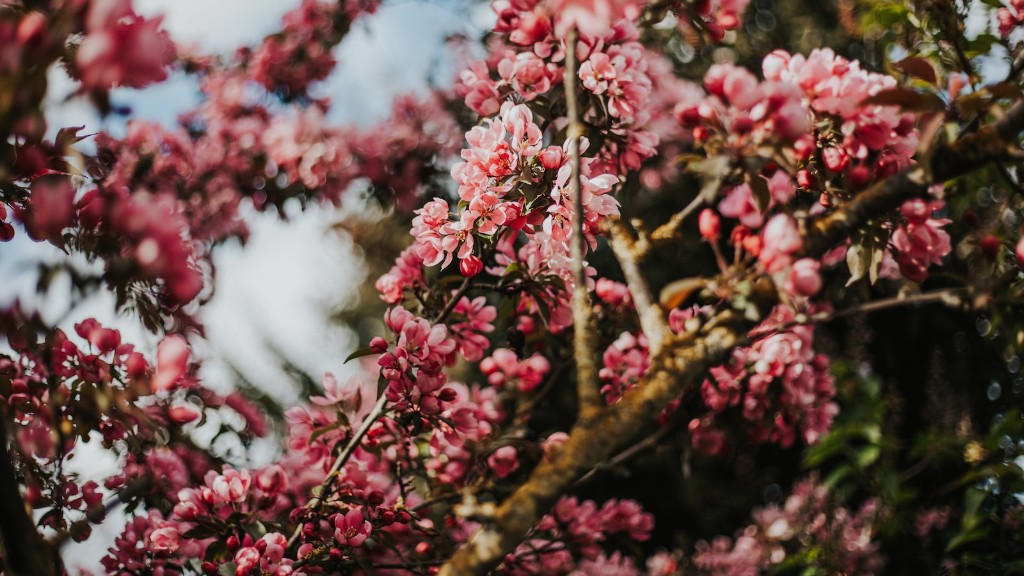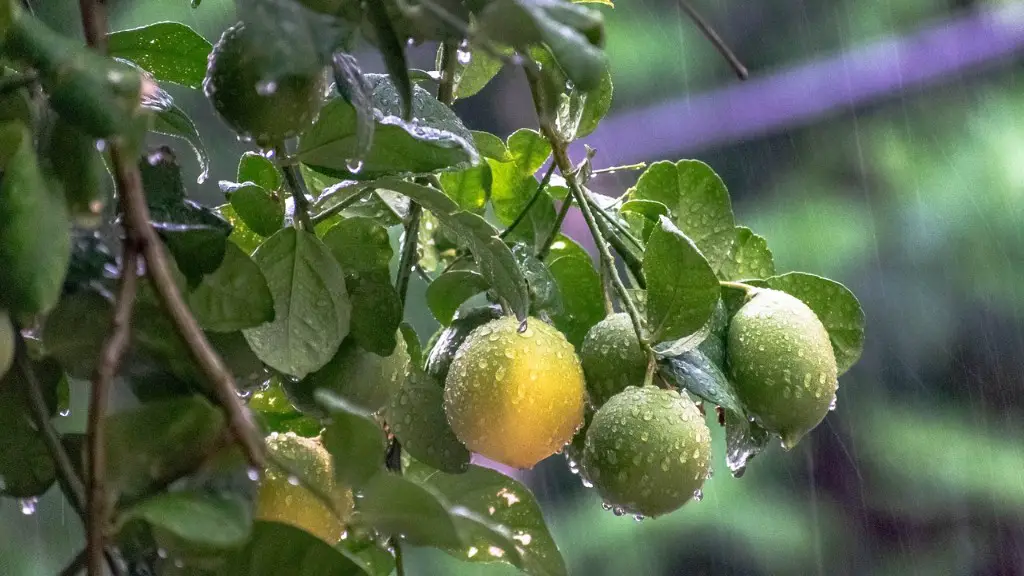Can an Indoor Avocado Tree Bear Fruit?
Growing an avocado tree indoors has become a popular trend in recent years, as many people are interested in having their own source of avocados right at their fingertips. While it is possible to grow avocados indoors, the primary concern with this method is the potential for bearing fruit without the proper care and environment. There are several things that are needed in order to grow a healthy and fruitful avocado tree indoors, and it is important to understand all that before taking on the challenge.
There are a few key factors that impact an avocado’s ability to bear fruit indoors, namely, climate and temperature. An avocado tree needs to be exposed to temperatures between 50-90 degrees Fahrenheit in order to thrive. Generally, when grown in a climate-controlled greenhouse, the temperatures remain consistent and place the tree in the ideal situation for bearing fruit. In addition, avocado trees need to receive between 6-8 hours of direct sunlight each day. Without this proper exposure, the tree is unlikely to bear fruit.
As far as water is concerned, an avocado tree needs to be watered on a regular basis when grown indoors. The soil shouldn’t be constantly wet, but allowing the soil to dry slightly between watering is necessary in order to prevent root rot. Because avocado trees have fairly large root systems, it is important to have a container with a substantial amount of space. In order for the tree to reach its fullest potential, adequate airflow is necessary, along with good soil drainage.
When it comes to nutrition, avocado trees require regular fertilization. Providing the correct balance of nitrogen, phosphorous and potassium is essential for the health of the tree, and should be done on a weekly basis from the start of spring and into the fall. Lastly, pruning the tree’s leaves on a regular basis is beneficial for growth and encouraging the emergence of flowers and fruit.
If all of the aforementioned conditions are met, then it is indeed possible for an avocado tree to bear fruit when grown indoors. In fact, many people have successfully grown avocado trees that are able to produce a healthy and plentiful crop of avocados. It is important to remember, though, that it takes time. On average, an avocado tree takes anywhere from 4-7 years to bear a full crop of avocados, but with patience and dedication, the rewards can be plentiful.
Signs of Fruit Bearing
One way to tell whether or not an avocado tree is going to bear fruit is to observe its leaves. Well-established trees with thick, dark green leaves are a good indication of fruit bearing potential. Additionally, if the avocado tree can reach a height of at least 5-6 feet, there is a strong likelihood that the tree is capable of bearing fruits. Once the tree reaches a certain level of maturity, small flowers will emerge from the top, and these are another indicator that the tree is in a healthy state and can produce avocados.
Frequent inspections of the tree can help, as well. If yellowing leaves, branch dieback, or excessive pest damage are observed, then the tree may not be getting the proper care, nutrients, or sunlight that are necessary for bearing fruit. If any of these signs are present, it is important to take steps to correct the care regimen and make sure these conditions do not persist.
Avocado trees can also be propagated, which is a process that encourages the regrowth of a new tree from cuttings. Propagation can take anywhere from a few weeks to up to a year, depending on the size and health of the cutting. If done correctly, the tree will thrive and produce healthy fruits.
Obstacles to Avocado Growth
The biggest obstacle to successful indoor avocado growth is the proper climate and humidity levels. Since avocado trees are native to tropical climates, it is difficult to recreate the ideal temperature and lighting conditions for the tree to flourish indoors. Additionally, since most people don’t have the opportunity to place their tree in a climate-controlled greenhouse, the temperature can fluctuate drastically between the summer and winter seasons.
Another major obstacle is that avocado trees don’t tend to bear fruit until they have reached a mature size of at least 5-6 feet tall. This can take anywhere from 3-5 years depending on the size and health of the tree. Lastly, pest infestations can be a major problem, especially in indoor environments where there is a lack of predators to keep the pests away.
With proper care, however, it is possible to overcome these obstacles. Planting the tree in a large enough container can prevent overcrowding, which is a common issue. Additionally, regular pesticide and fertilizer applications can help reduce pest infestations and ensure that the tree is receiving adequate nutrition.
Feasibility of Indoor Avocado Planting
When considering whether or not it is feasible to grow an indoor avocado tree, the most important things to remember are that it takes patience and dedication. An avocado tree will not bear fruit overnight, and it is often a lengthy process that can take up to six or seven years. That being said, as long as the aforementioned guidelines can be met (i.e. climate, temperature, water, nutrients, pruning, etc.), it is possible to grow an indoor avocado tree that will produce a rich bounty of avocados.
In addition to the necessary maintenance, there are also a few tricks and tips that can help maximize success. Wrapping LED lights around the tree is an effective way to increase the light exposure, and this can be done as frequently as necessary. Also, avocados are particularly sensitive to heat, so it is important to keep the plant in a cool environment. Lastly, propagating the tree can also help to ensure that the tree is healthy and able to thrive in the indoors.
What to do with an Indoor Avocado Tree?
Once the indoor avocado tree is established and able to bear fruit, the sky is the limit in terms of what can be done with the resulting crop. Avocados are incredibly versatile, and they go well with a wide variety of foods. They can be used in dips, spreads, smoothies, and even as a main course in a salad or wrap. Additionally, avocados contain a high concentration of healthy fats and nutrients, making them an excellent healthy snack.
In addition to eating the avocados, the byproduct of an indoor avocado tree can also be used to make a variety of craft projects, such as an avocado tree planter or an avocado bird feeder. Avocados can also be used to make bath and body products, such as scrubs and serums. Finally, the leaves of the avocado tree can be used as ornamentation or as ingredient to add flavor to cooking.
Conclusion
In conclusion, there are several factors to consider when attempting to grow an indoor avocado tree which can bear fruit. With patience and dedication, the rewards of having a successful plant can be plentiful. From dips and spreads to planters and bath products, the potential for creative and delicious uses of the fruit is nearly endless.



